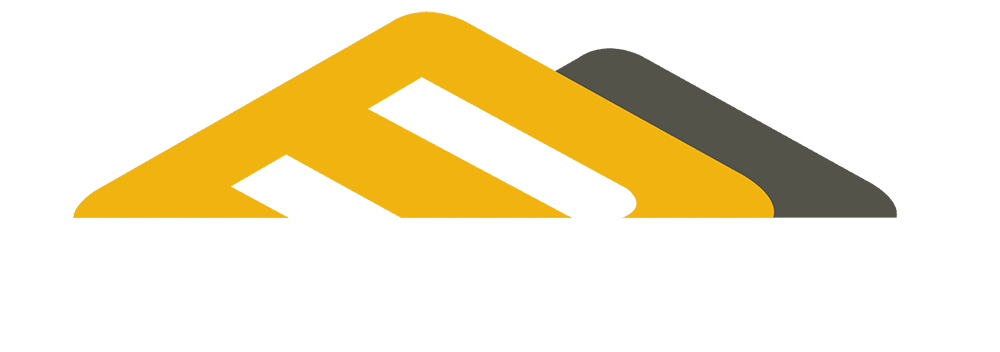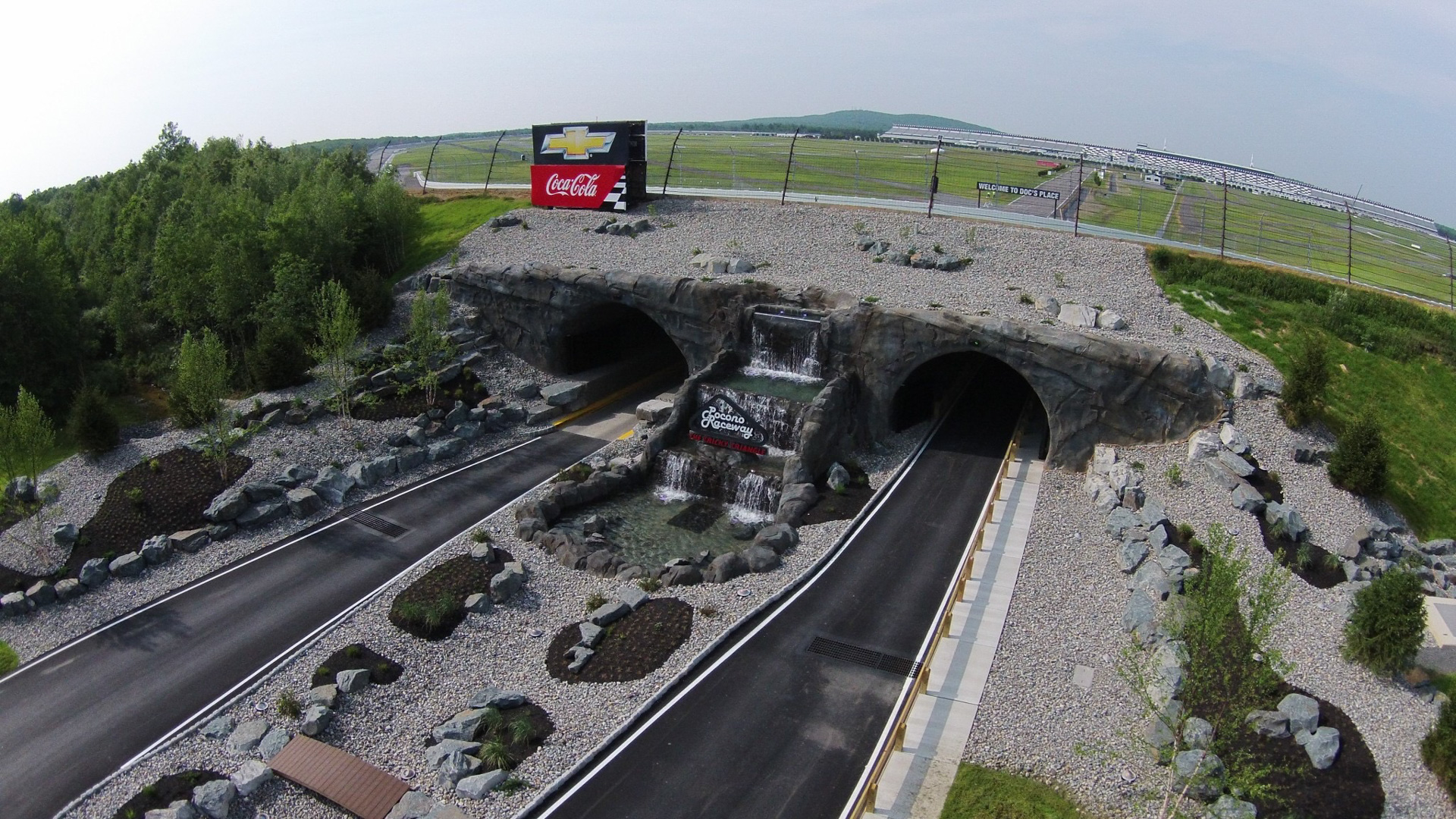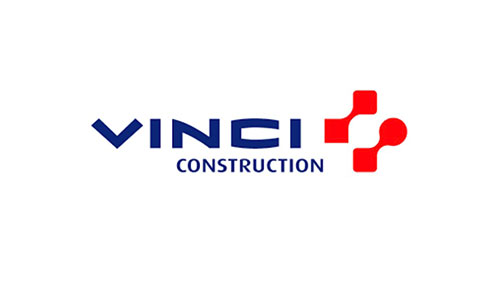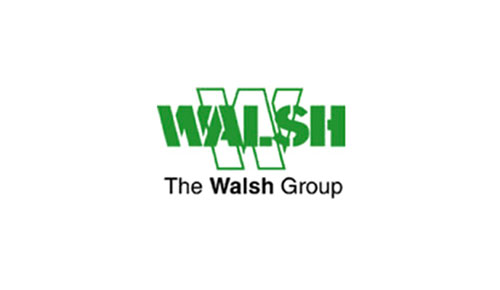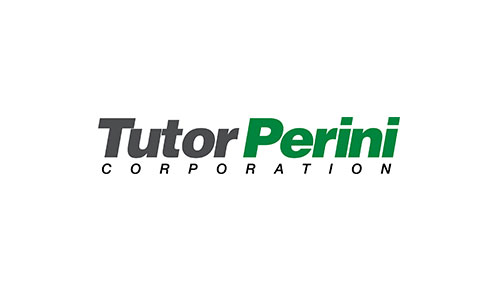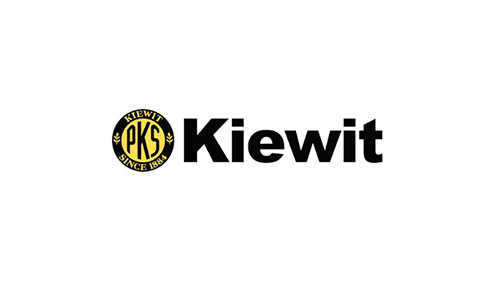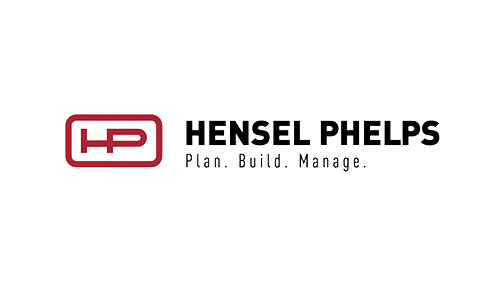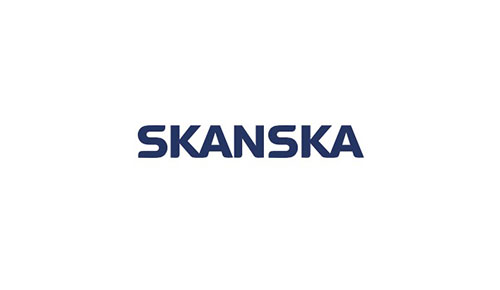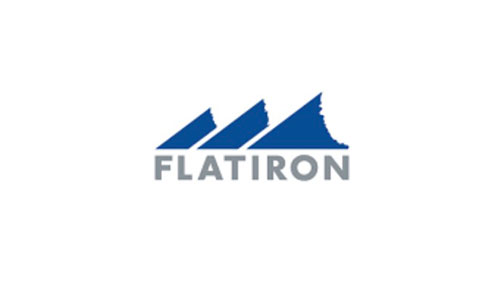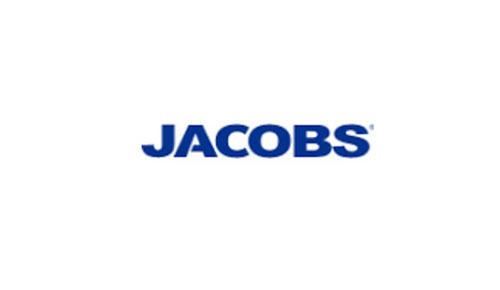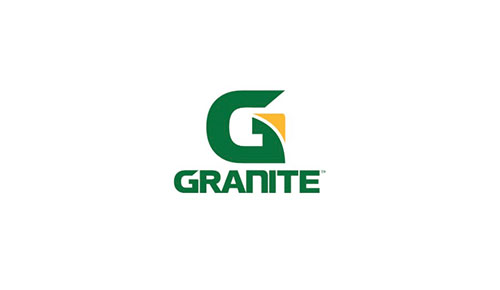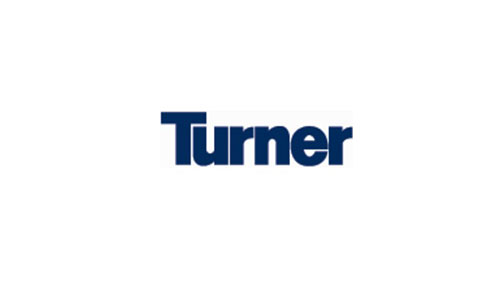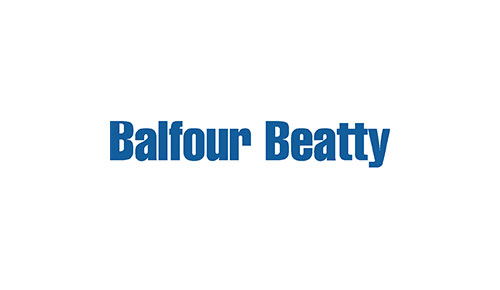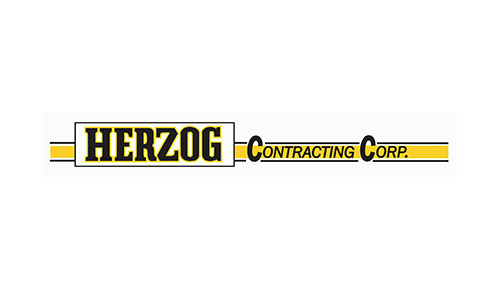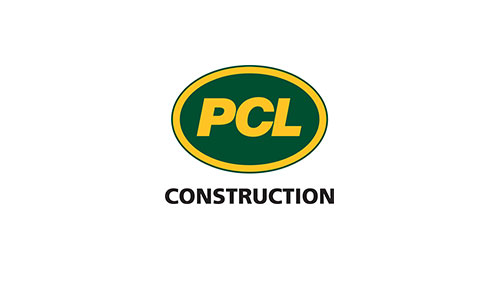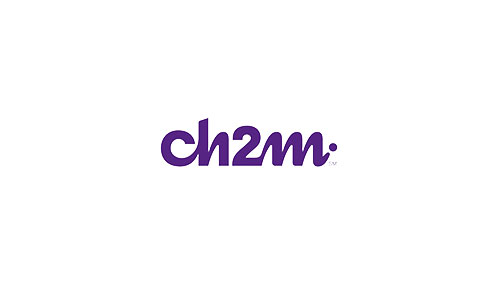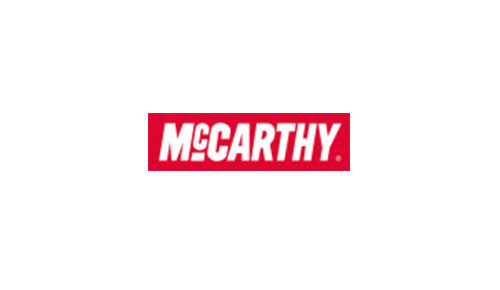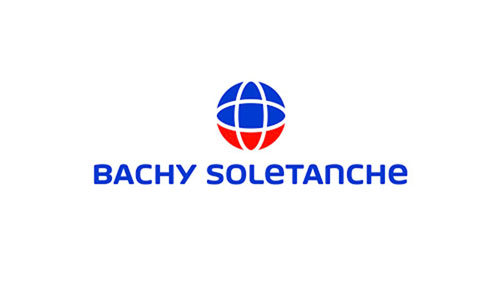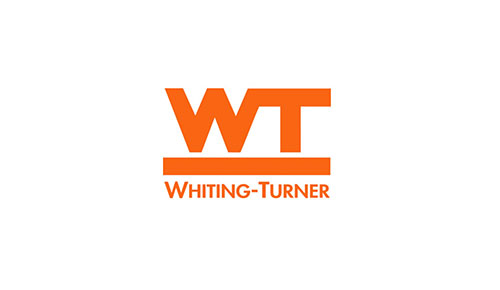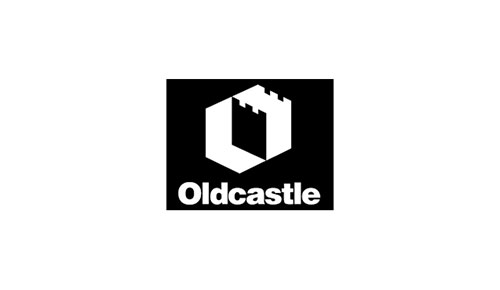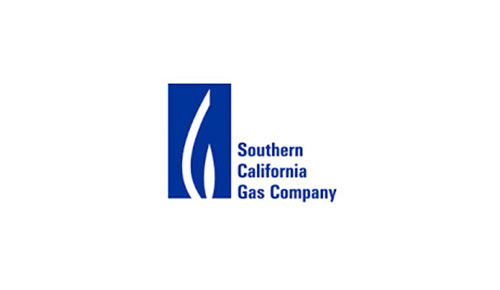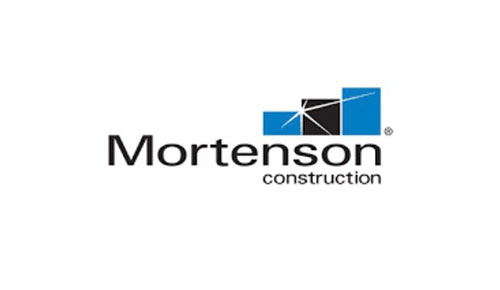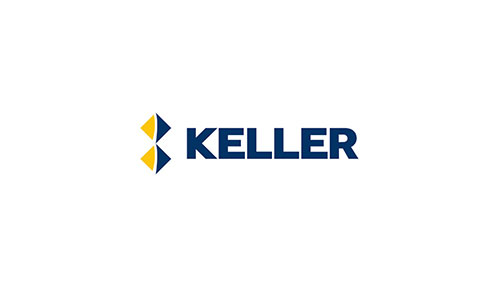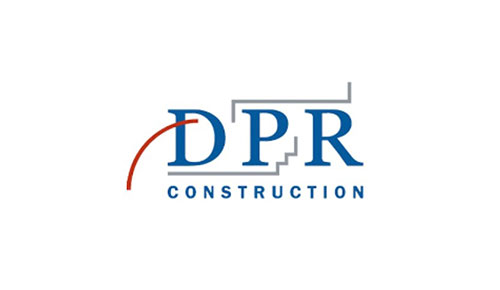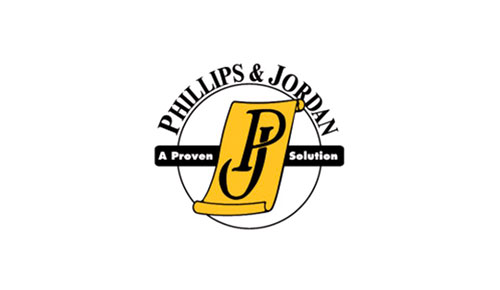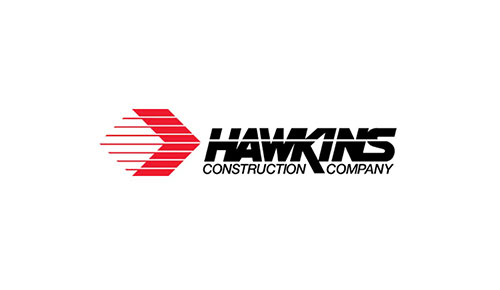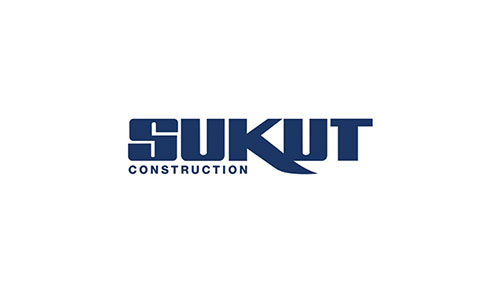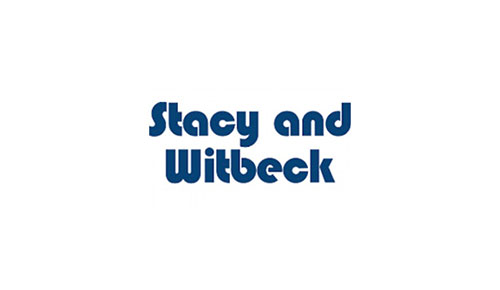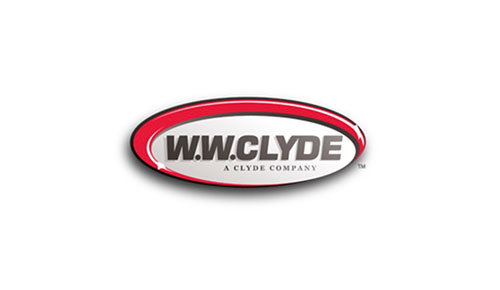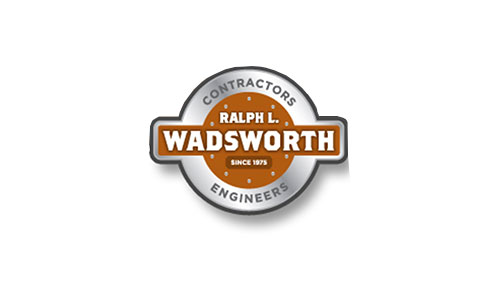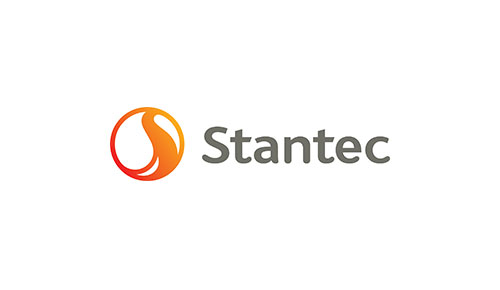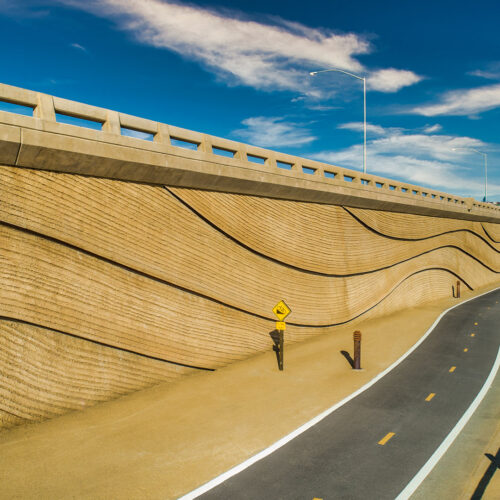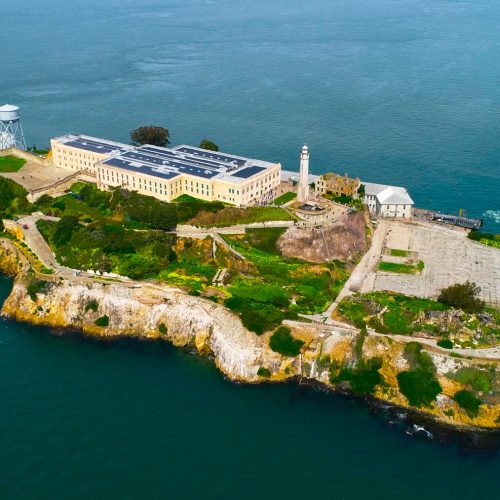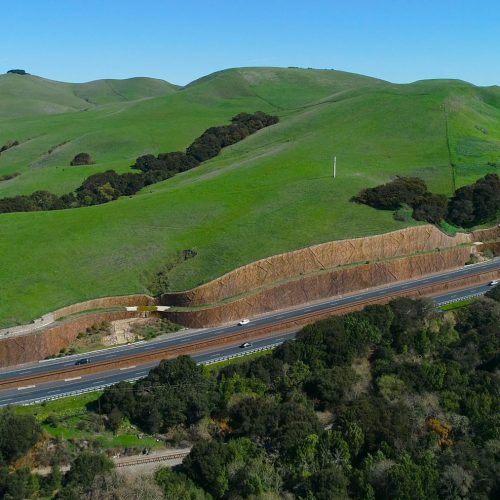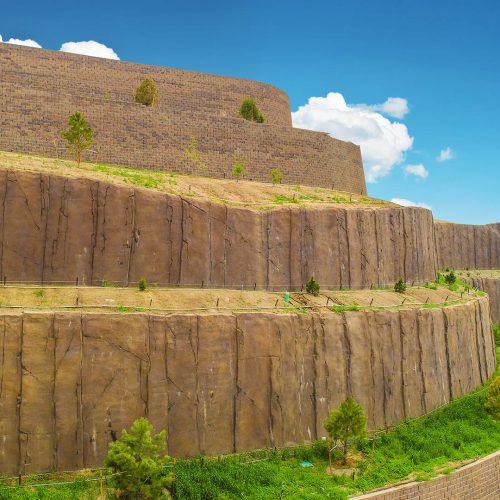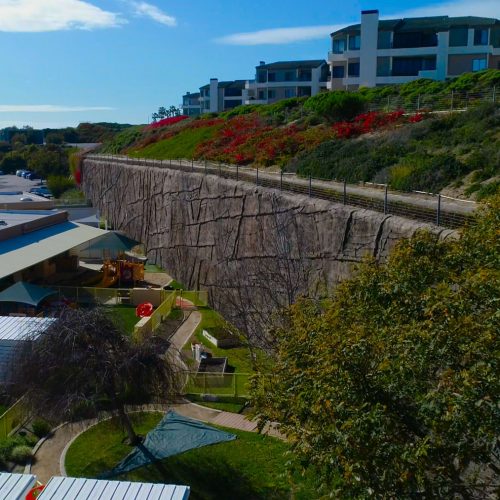Best Practices for Overhead Shotcrete in Underground Projects
Overhead shotcrete application is a standard yet complex operation in underground construction. Proper placement, equipment selection, mix design, and site safety protocols are critical to ensuring durable performance and minimizing risk. This position paper from the American Shotcrete Association (ASA) Underground Committee outlines key principles for adhesion, cohesion, application technique, and re-entry safety criteria. It serves as a guideline for contractors, designers, and inspectors working in tunnel and mining environments.
Adhesion and Cohesion in Overhead Shotcrete
Fresh (plastic) shotcrete adheres to the overhead surface through a combination of adhesion to the substrate and internal cohesion. For successful placement, the substrate should be clean, roughened, and in a saturated surface dry (SSD) condition. Too dry or too wet surfaces can lead to delamination or shotcrete fallout. Additionally, shotcrete must be free of dust or overspray and applied with proper consistency to ensure cohesion.
The Role of Interlocking
Natural irregularities in rock surfaces or manmade structures like anchors and lattice girders aid mechanical interlocking. These features help resist gravity and enhance shotcrete performance. Skilled nozzlemen read the rock and adjust techniques accordingly.
Mix Proportions and Application Techniques
Successful overhead application requires a cohesive, pumpable mix. High fines content, silica fume, accelerators, and admixtures improve workability. Typical slump values range from 6–8 in. (150–200 mm) with accelerator use. Mixtures with too high a slump may segregate or fall prematurely. Preconstruction testing helps optimize mix design under project-specific conditions.
Surface Preparation and Layering
The substrate must be cleaned, scaled, and brought to SSD before shotcreting. Each layer should not exceed 2–4 in. (50–100 mm) per pass, with a maximum total thickness of 12 in. (300 mm) unless specifically tested. Allowing adequate set time between layers prevents sag and separation.
Re-entry Safety Considerations
Curing and setting times vary based on temperature, humidity, and admixture use. Entry below freshly placed overhead shotcrete should be restricted until core strength, cohesion, and adhesion are verified. Temporary support systems or protective barriers may be necessary.
Conclusion
Overhead shotcrete in underground environments demands rigorous preparation, skilled labor, and careful execution. Adhering to ASA best practices ensures safe, reliable placement and long-term structural performance in tunnels, shafts, and mining projects.
Contact Boulderscape, Inc.
Address: 1050 Calle Negocio, San Clemente, CA 92673
Office: (949) 661-5087 | Fax: (949) 661-3397
Website:www.Boulderscape.com
“Installers of more than 14 million square feet of structural/architectural shotcrete nationwide”
